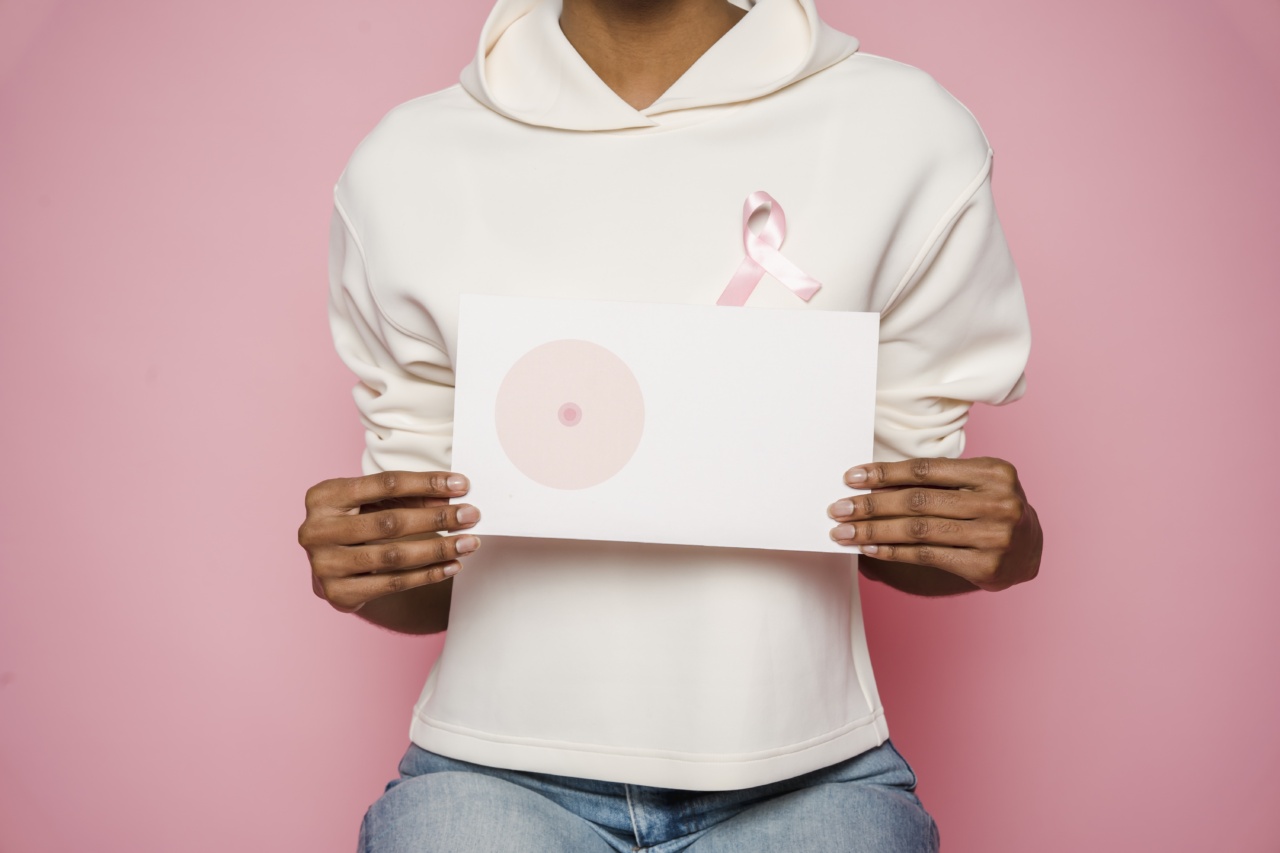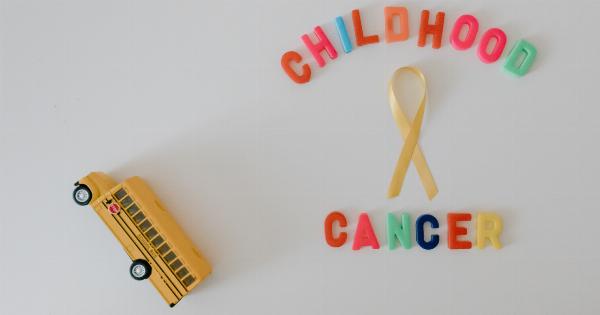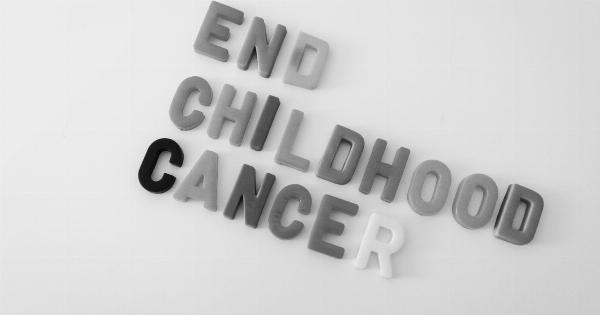Childhood cancer is a devastating diagnosis that affects thousands of families around the world. It is a challenging and heart-wrenching journey for both the child and their loved ones.
However, in the face of such adversity, there are countless individuals, organizations, and campaigns dedicated to fighting childhood cancer and supporting affected families. These campaigns aim to raise awareness, funds, and provide much-needed resources to ensure the best possible outcome for these little warriors battling cancer.
The Importance of Childhood Cancer Awareness
Childhood cancer remains a significant public health concern, with statistics indicating that it is the leading cause of disease-related death among children in many countries.
Increased awareness is crucial to ensure early detection, timely intervention, and improved outcomes for children facing this illness.
By educating the public about childhood cancer, symptoms, risk factors, and available treatments, awareness campaigns play a vital role in increasing the chances of successful treatment.
They help parents, caregivers, and healthcare providers recognize the early warning signs, leading to earlier diagnosis and intervention.
Supporting Families and Providing Resources
Childhood cancer not only impacts the child diagnosed but also profoundly affects the entire family.
Recognizing this, various campaigns emphasize the importance of providing emotional, financial, and logistical support to families during their cancer journey.
These campaigns aim to ease the burden on families by offering financial assistance to cover medical expenses, facilitating access to necessary treatments, and providing emotional support through counseling services or support groups.
Additionally, they often create networks of fellow parents and survivors, offering a sense of community and empowerment.
Furthermore, campaigns for childhood cancer collaborate with hospitals, medical professionals, and charitable organizations to ensure families have access to essential resources.
These resources may include information about treatment options, research studies, clinical trials, and potential support networks.
Raising Funds for Research and Treatment
Raising funds for childhood cancer research and treatment is another crucial aspect of these campaigns.
Medical advancements, new therapies, and innovative treatment approaches rely on financial support to become a reality and provide improved outcomes for children with cancer.
Campaigns often organize fundraising events, such as walks, runs, or charity galas, to generate funds for research and treatment facilities.
They work closely with hospitals, research centers, and nonprofit organizations specializing in childhood cancer to allocate resources where they are most needed.
Moreover, these campaigns highlight the importance of investing in research to discover new treatments and ultimately find a cure for childhood cancer.
By raising public awareness about the need for funding, they encourage individuals, corporations, and governments to contribute to this cause.
Advocacy and Legislative Efforts
Childhood cancer campaigns also focus on advocating for legislative changes to support families affected by cancer.
They work to influence policies that enhance access to care, increase funding for research, and improve insurance coverage for families facing the high costs of cancer treatment.
Additionally, campaigns lobby for the development and implementation of national cancer control plans that prioritize childhood cancer as a public health issue.
They strive to ensure that the unique needs of children and their families are adequately addressed and integrated into healthcare systems.
The Power of Awareness and Collaboration
Fighting childhood cancer requires a collective effort from individuals, communities, healthcare providers, and policymakers. Awareness campaigns act as catalysts for change, bridging the gaps between different stakeholders and fostering collaboration.
Through social media, traditional media, and community outreach, these campaigns bring together survivors, families, healthcare professionals, and researchers.
They harness the power of shared experiences, stories, and resources to create a united front against childhood cancer.
By promoting collaboration between organizations, campaigns help maximize resources, streamline efforts, and avoid duplication.
They encourage partnerships between research institutions, hospitals, and support organizations to create a comprehensive network of care for children battling cancer.
Conclusion
Campaigns dedicated to childhood cancer are a beacon of hope for families navigating the challenging journey of cancer treatment.
By advocating for awareness, providing resources, raising funds, and collaborating with various stakeholders, these campaigns contribute to improved outcomes and better quality of life for children affected by cancer.
As we join hands and raise our voices to support these little warriors, we move closer to a future where childhood cancer is eradicated, and every child can enjoy a healthy, joyful life.























